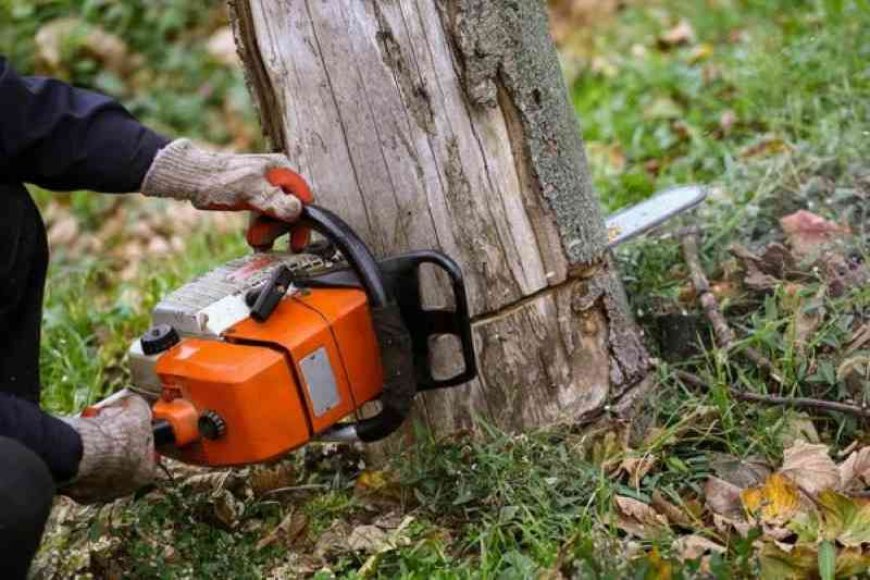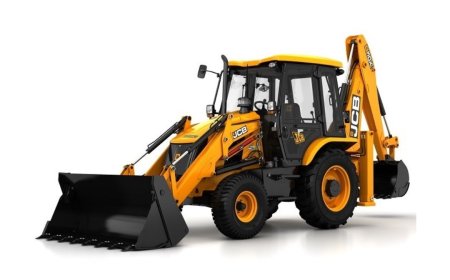Tree Removal – The Complete Guide to Doing It Right
Tree removal is serious business. It’s not just about clearing space—it’s about protecting your home, your safety, and your property. When done right, it gives you peace of mind and a clean, beautiful yard.

Trees are a beautiful part of natureand of your backyard. But sometimes, a tree becomes more of a problem than a perk. Whether it's dead, dangerous, or just in the wrong place, tree removal becomes the safest and smartest option. But before you grab a chainsaw, theres a lot you need to know.
In this detailed guide, well walk you through when and why to remove a tree, how its done, how much it costs, and why hiring a pro is almost always your best bet.
? What Is Tree Removal?
Tree removal is the process of safely cutting down a tree and removing it from your property. It may involve:
-
Cutting the tree in sections
-
Lowering branches safely to the ground
-
Grinding the stump
-
Hauling away the debris
Its not just about choppingits about doing it without damage, injury, or a mess.
? When Is Tree Removal Necessary?
You should consider removing a tree when:
-
? Its dead or dying
-
? It poses a safety hazard
-
? Its too close to your home, garage, or power lines
-
? Its infested with pests or disease
-
?? Its been damaged by a storm
-
? Its causing foundation or plumbing issues
-
? Youre planning construction or landscaping
Dont wait until its too latea falling tree can do thousands in damage.
? Signs a Tree Might Be Dangerous
-
Cracks or splits in the trunk
-
Dead limbs or branches falling
-
Fungal growth at the base
-
Leaning more than usual
-
Hollow-sounding trunk
-
Peeling bark or bare canopy
These are all red flags that the tree may be unstable or unhealthy.
?? Why DIY Tree Removal Is Risky
While it might be tempting to save money, removing a tree yourself can be dangerouseven deadly.
-
Chainsaws are powerful and unpredictable
-
Trees can fall in the wrong direction
-
Hidden rot or weakness can cause collapse
-
Power lines pose electrocution risks
-
Falling branches can cause injury or damage
? Leave big tree jobs to the pros.
? How Professional Tree Removal Works
Heres a step-by-step breakdown of how the pros do it:
-
Inspection Assess the trees size, condition, and surroundings.
-
Planning Choose the safest method to bring it down.
-
Safety Prep Set up ropes, harnesses, and safety zones.
-
Limb Removal Cut and lower branches first.
-
Trunk Sectioning Cut the trunk in pieces from top to bottom.
-
Stump Grinding Remove or grind the stump down below ground level.
-
Cleanup Haul away wood, branches, and sawdust.
? Tools and Equipment Used
Professional tree removal crews use:
-
Chainsaws
-
Cranes or bucket trucks
-
Ropes and harnesses
-
Chippers
-
Stump grinders
-
Safety gear (helmets, goggles, gloves)
? Tree Removal Cost Breakdown
Tree removal costs can vary based on:
| Tree Size | Average Cost |
|---|---|
| Small (up to 30 ft) | $150$500 |
| Medium (3060 ft) | $400$1,000 |
| Large (60100 ft) | $800$2,000+ |
| Emergency Removal | $1,000$5,000+ |
Additional fees:
-
Stump grinding: $100$400
-
Limb chipping: $50$150
-
Travel fees for remote locations
? Do You Need a Permit to Remove a Tree?
Depends on your location. Many cities and counties require a permit, especially for:
-
Protected tree species
-
Trees on commercial property
-
Trees in historic districts
? Call your local city office or arborist to be sure.
? Alternatives to Tree Removal
Before you cut it down, ask yourself:
-
Can the tree be pruned or cabled instead?
-
Is it suffering from something treatable like pests or nutrient deficiency?
-
Can you relocate the tree if its young and healthy?
Sometimes a little care can save a tree that seems doomed.
? Tree Removal and Property Value
Yes, removing a tree can increase your property valueespecially if the tree is:
-
Blocking sunlight or views
-
Damaging your foundation or driveway
-
Too close to your house for comfort
But removing too many trees can decrease curb appeal. Balance is key.
? What Happens After the Tree Is Gone?
You have a few options:
-
Leave the stump (not recommended)
-
Grind the stump to remove the eyesore
-
Replant a new tree or install landscaping features
-
Use the wood for firewood or mulch
?? What Happens to the Wood?
Professional crews usually:
-
Chip the limbs for mulch
-
Cut trunk sections into logs
-
Haul away debris
-
Offer the wood back to you if youd like it
? Some folks use the logs for firewood or DIY projects.
? How to Choose a Tree Removal Service
Make sure your tree service provider:
-
Is licensed and insured
-
Has ISA-certified arborists
-
Offers a written estimate
-
Can show before-and-after photos
-
Has positive reviews and testimonials
-
Uses professional equipment
Dont go with the cheapest quotego with the safest and most experienced.
? Final Thoughts on Tree Removal
Tree removal is serious business. Its not just about clearing spaceits about protecting your home, your safety, and your property. When done right, it gives you peace of mind and a clean, beautiful yard.
Whether your tree is dying, dangerous, or just in the way, dont put it off. Call a professional, get an inspection, and do whats best for your landscape.
?FAQs About Tree Removal
1. Can I remove a tree myself?
Only very small trees. For anything larger, especially near structures or wires, call a pro.
2. How long does it take to remove a tree?
Most removals take a few hours to a full day, depending on size and complexity.
3. Does insurance cover tree removal?
Only if the tree damaged a covered structure or fell due to a storm. Check your policy.
4. Can I keep the wood?
Yes! Most companies will leave it for you if requested.
5. Is stump removal included?
Not always. Stump grinding is usually a separate service and fee.







































